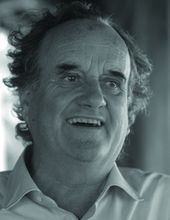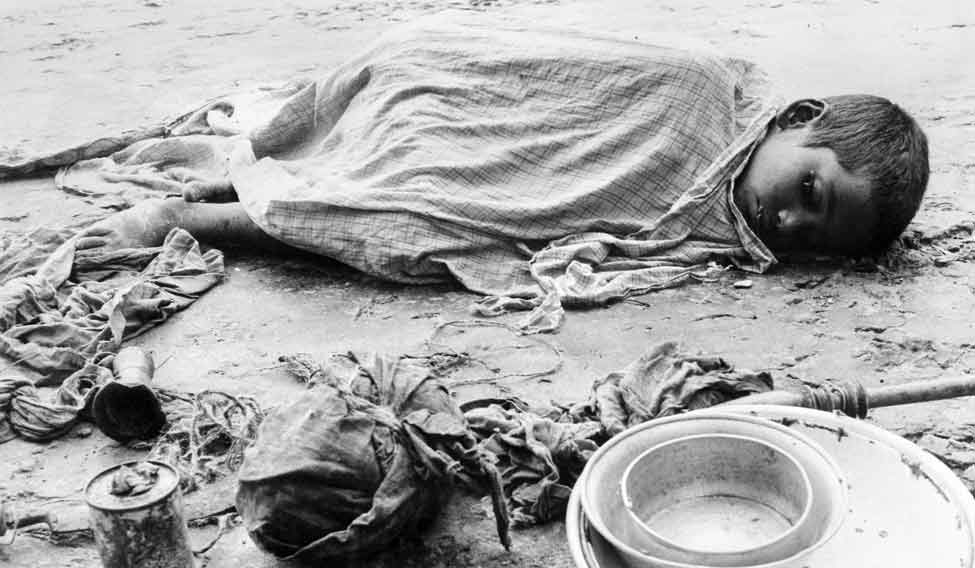
In the mid-20th century, India was seen through a prism of romanticism as a land of poverty and ailments. The image of the country in the west was such that it conjured up the vision of someone who needed to be saved. This was the international context of the appearance of Mother Teresa. Calcutta was the obvious location for such an international figure. The image of Calcutta in the west was not any better. One famous British town planner had predicted that Calcutta would be the first city in the world to collapse. To this international environment of perceptions, Mother Teresa fitted in a unique way. She appeared to help and save people from perils that were to be resisted or prevented by the state. She started by helping the most vulnerable sections in the post-colonial world.
Christianity was obviously linked to this world view of a saviour who arrived to the aid of the people. In those days, in the west, Christianity was a more powerful force. The jaded view of missionaries that is visible at present had not yet overpowered the west back then.
Mother Teresa was a much easier figure for the western world to understand in comparison to someone like Mahatma Gandhi. She was much more western in a particular sort of way. Of course there was the east-west figure of Gandhi before her, but he was quintessentially Indian. She was essentially western and therefore an easier figure for the west to connect with. Gandhi, of course, was a Christ-like figure, but he always remained Indian; Mother Teresa subscribed to a Christian missionary concept of service that is western in origin.
I am full of admiration for the missionaries. But the fact is they did preach Christianity and try to convert. That has become a much more questionable matter now. Mother Teresa was an icon of her age. The last icon of that age who is alive is Nelson Mandela. I think Mother would have had a harder time had she lived later. Christopher Hitchens tried to demolish her image. More people would have tried to criticise her had she been around now. Perhaps, in those days, icons were accepted more easily. Great people and great causes are more suspect now.
The other international context of her life’s work was the Cold War during which she lived in Calcutta, the great city of communism. But she accepted the communism of Calcutta. On her part, she desisted from participating in politics—this was a position for which many people criticised her. They felt she should have used her position to bring some change into society. Jyoti Basu was a wise politician. He knew that attacking or criticising Mother would be highly controversial. Since she did not participate in politics, Basu basked in her glory. There were problems between her and Calcutta, but then she hid the image of Calcutta as a city of poverty and decay. As someone born in Calcutta, I used to argue that the image of Calcutta as a city of poverty was not right. But her work somehow added to that image of Calcutta in the world. This image was born mostly post-1947, thanks to the influx of refugees from East Pakistan and other parts of India and also to the rapid industrial decline the city weathered during the decades following 1947. But Mother Teresa never went on record saying anything to expose the poverty in Calcutta.
She lived through the rise of Hindutva in India, but never was heard criticising the kind of violence practised by these forces. This apolitical attitude was part of her attempt to stay away from politics. I get fed up with complaints of Mother Teresa did not do this or that. One of her supporters used to tell me that her critics need to understand that Mother was a very orthodox Catholic figure and that explained many of her actions and thoughts. Some church figures working in the Third World (central America and southeast Asia) became involved in local politics, but Mother stayed out of politics. It would have been very easy for her to get involved in the Indian politics. But, I think, she believed that political involvement would hinder her work. Some of the archbishops of central America are classic examples of this mix of politics and spirituality but Mother was different from those who could not desist from mixing their social-spiritual work with politics of the land and the people they were serving.
For all my opinions on her, I did not get to interact with Mother Teresa. When I went to Mother House, she shook my hand and said: “I am sorry that I cannot talk to you as I have made a rule that I shall not talk to any journalist because if I talk to one, then I shall have to talk to all and that would stop me from doing my work. You know I am very busy with my work.”
I nevertheless persevered and stayed interested in her work. To me she remains an essentially western figure who was a negation of the Clash of Civilisation thesis because she came from the west, and made the east her home. Here she was accepted totally. India bestowed its highest honour on her. She summed up the world of her time in herself, and she continues to do so.
Journalist and writer, Mark Tully was BBC bureau chief in India.







